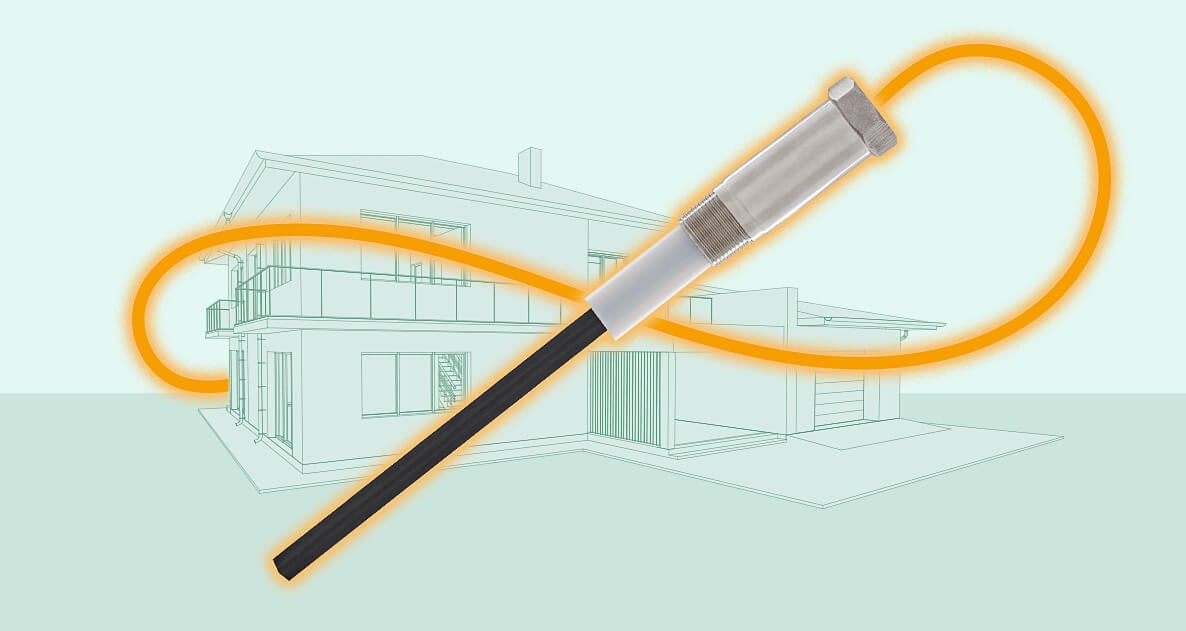Not exactly sure what you can do to prevent further corrosion.
Some ideas: Coat with a good rust proofing paint. Make sure that you have good drainage. Check for any stray current and address as needed. Maybe try to add zinc anodes to the bond wire to absorb some of the corrosion.
Some ideas: Coat with a good rust proofing paint. Make sure that you have good drainage. Check for any stray current and address as needed. Maybe try to add zinc anodes to the bond wire to absorb some of the corrosion.



